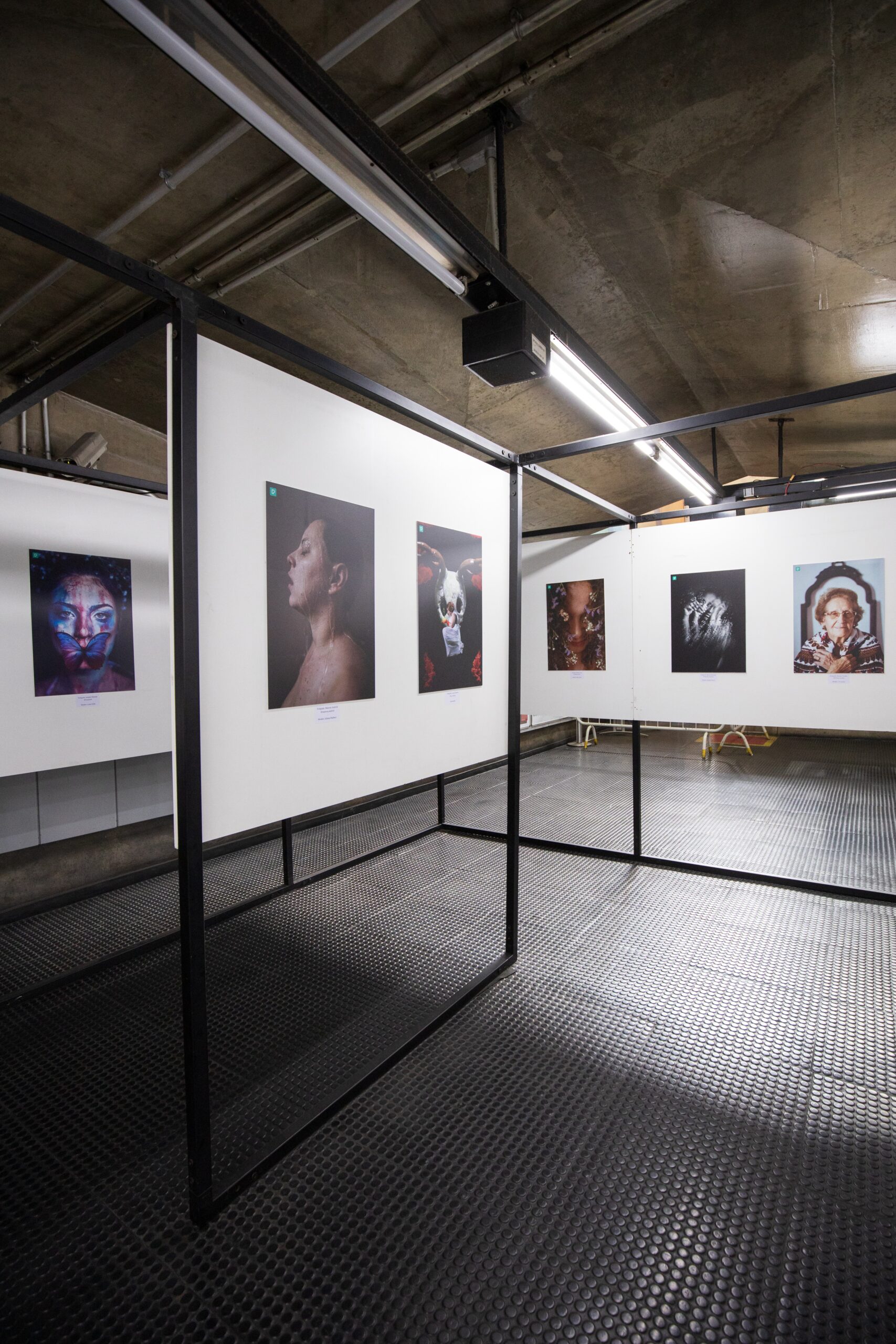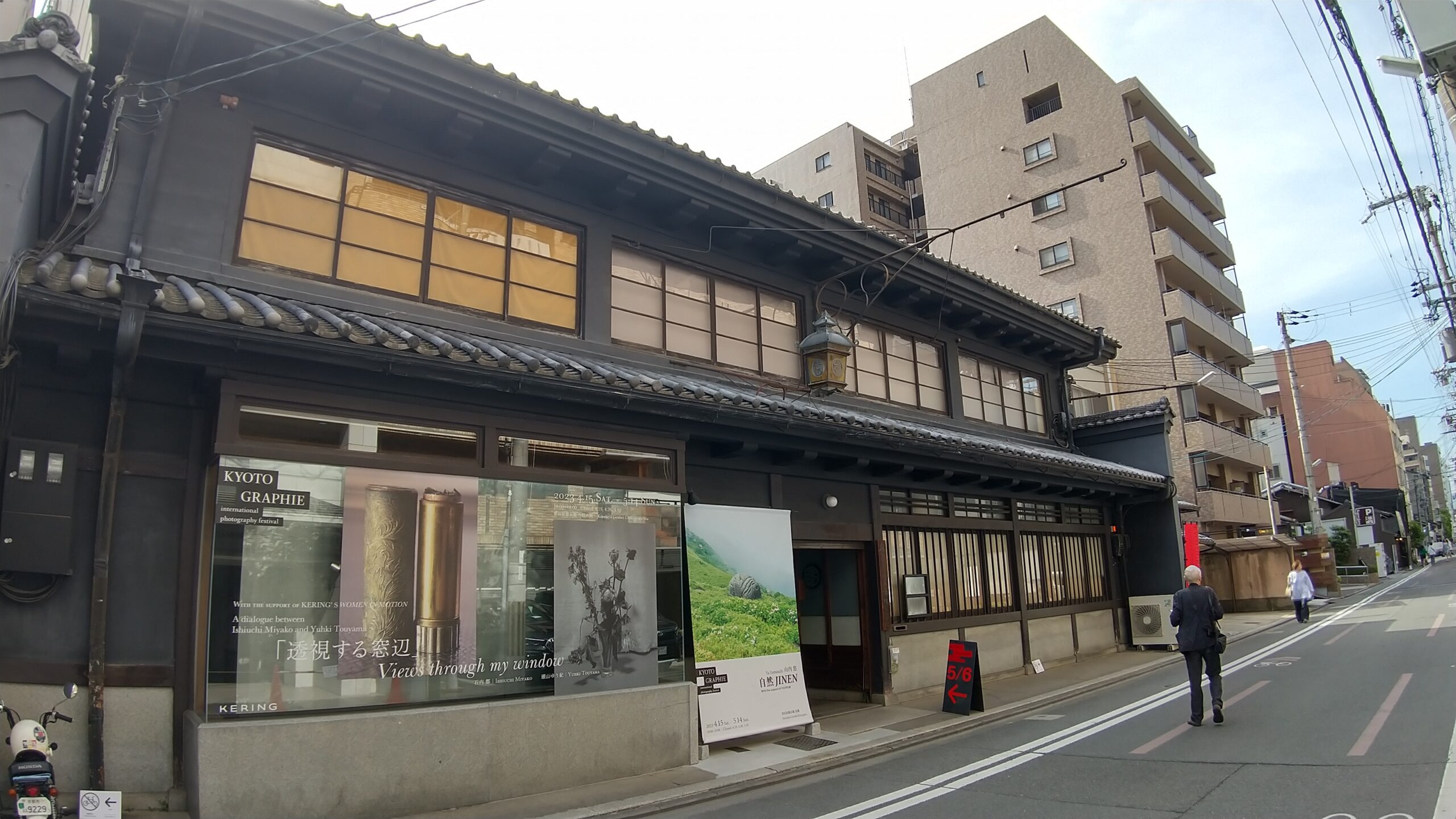Fashion photography exhibition is an incredible way for people to come together and appreciate the art of fashion photography. They are a window into the creative process of photographers, stylists, and models while providing the audience with an opportunity to experience the intricacies of fashion photography. In this blog post, I will take you on a journey behind the scenes of a fashion photography exhibition.
From Conceptualization to Execution
The first step in organizing a fashion photography exhibition is, of course, conceptualization. Just like any artistic endeavor, exhibition curators start with an idea. They brainstorm themes, choose a location, and envision how they want the final display to look.
The curator then proceeds with the selection of the right team and valuable collaborators to assist with the execution of the project. This team consists of professionals in the industry like photographers, stylists, models, and lighting experts. Together they plan and visualize the concept, discussing the details to ensure they align with the exhibition’s central theme and goals.
Once the team has a clear vision, they begin to work on the production. The sets, lighting, and equipment are all parts of the production, and the team works to bring them all together in perfect harmony. The excitement of making creative, impactful visuals makes this process both challenging and exhilarating, and finally, the outcome is captured.
Choosing the Right Location
Finding the right exhibition location is significant because the venue must perfectly align with the exhibition’s theme and match the presented style of the photos. From an old warehouse to a high-end gallery, the type of venue selected sets the overall ambiance of the exhibit. Once the location is secured, the creation of the exhibit itself begins.
Among the most crucial steps to take when preparing for a successful exhibit are research and planning. Curators spend months researching and selecting the right theme, setting, props, and lighting to ensure a seamless masterpiece. They work tirelessly, contacting brands and sponsors, installing lighting equipment, and setting out props and decorations, to make the entire experience a stunning success.
The Importance of Lighting
The exhibition’s lighting sets the tone and mood for the exhibits. It highlights the artistic vision and makes it pop, providing a feeling of depth and dimension. The wrong lighting can diminish the dynamic beauty of the photos, and it is the photographer’s job (or the lighting expert’s) to masterfully balance the exhibitor’s message with enhancing natural light, providing a dramatic contrast that elevates the images.
The importance of lighting in photography lies in its ability to change the look and feel of the photos. Lighting techniques, whether soft or harsh, bright, or dim, provide opportunities to emphasize an image’s colors, textures, and features. The exhibition’s lighting sets the direction of the shoot and creates a more profound artistic meaning.
Creating an Atmosphere
The mise-en-scène is a fancy French word used to describe the process of creating an atmosphere that matches the exhibition’s theme. This process can include the use of props, backdrops, and different types of materials that enhance the photographs.
For instance, the exhibition could be taking place in an abandoned warehouse, an artistically inclined gallery, or a historic building. In any of these locations, the curator’s job is to add vignettes that proffer a sense of life to each exhibit; adding the right pieces to heighten the intrigue for the audience, emphasizing the theme’s objectives.
Proper Placement of Each piece
Once the location is prepared, the curator and the team begin the process of positioning each of the displays in the right order to create a cohesive visual story for attendees. In an ideal exhibition, the placement should speak to the audience, telling a story without a word spoken.
The right placement encourages the guest’s focus on the seamless connection between the shots, and each piece’s placement is critical. It’s best to start with the brightest piece or the one closest to the entrance and then build on the display’s theme by placing items strategically. It’s also important to consider the background of each display and how they will contrast with other exhibits.
Making the Guests Comfortable
Apart from emphasizing the exhibition’s theme, planners also put thought into developing a comfortable and welcoming atmosphere for visitors. This involves creating mobile galleries, offering snacks, and beverages, lounging areas, using comfortable air conditioning or heating units, and of course, providing a wayfinding system that takes guests on an aesthetic journey through the show.
Curators take pride in creating a space that guests will remember fondly even after the show is over – making it easy for attendees to soak in the exhibit’s essence.
Publicity and Reviews
The success of a fashion photography exhibition depends not only on well-executed plans and artistic presentation but also on public recognition. Promoting the event is done through various mediums such as social media, print advertising, and other online platforms that appeal to art enthusiasts.
Press releases intended for magazines, news outlets, and other media sites can also create awareness for the event, increasing exposure and attracting more attendees from the audience’s general demographics. It goes without saying that curators generously prepare for public exposure and getting successful reviews, attracting more attention and ultimately more outreach.
Final Thoughts
A fashion photography exhibition is a culmination of ideas, talent, and hard work. Exhibition planning starts with identifying a theme and conceptualizing a vision, followed by enlisting the perfect team for the project. Other essentials include the choice of the display location, lighting, prop selections, proper piece placement, and the comfort of our guests. With expert planning and execution of these steps, the final exhibit conveys a message leaving a lasting impression on everyone. Behind the scenes, an exhibition requires just as much creative depth as the front-of-house displays. It’s a culmination of cutting-edge ideas and important attention to detail – a true reflection of the art of fashion photography.
We welcome any suggestions or questions. You can email us or contact us using the contact page.
You can also connect with us on the following social networks:









0 Comments